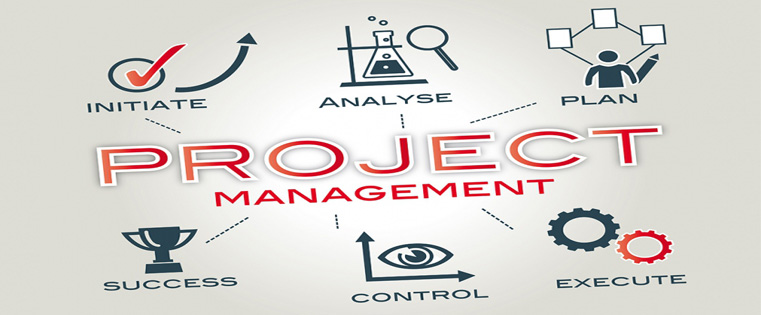10 Essential Tips For Successful E-learning Project Management

An e-learning project manager tends to feel like a juggler in a circus; he has to handle multiple projects simultaneously, co-ordinate with online course designers and developers, take care of the audio work, photo shoots, videos, and in some cases, translation of the technology-enabled learning content. He has to manage clients who may be spread across the country or across the world.
As a project manager, does this sound overwhelming to you? Don’t worry. With over 16 years of experience in handling e-learning projects, we understand the nitty-gritty of project management.
This blog will give you ten tips on handling projects and juggling multiple responsibilities successfully.
1. Understand client’s expectations
It is important to understand the expectations of the client before beginning the project. For this, ask clear questions during initial interactions with the client. This will help the client identify and express their specific requirements and help you understand the objectives of the e-learning course.
2. Ensure project deliverables meet the expectations of clients
Understanding the expectations of clients will enable you to clearly define the deliverables of the project and take their approval, which you can communicate to your internal development team. This will ensure the deliverables will meet their expectations.
3. Communicate with clients on a regular basis
According to a study by the Project Management Institute (PMI), a US non-profit professional organization for project management, “…ineffective communication leads to fewer successful projects; organizations that are minimally-effective communicators report significantly fewer projects that meet original goals, come in on time, and complete within budget.” With so much dependent on proper communication, a project manager has to ensure communication is constant with the client.
Learn how your clients like to communicate and try and avoid obstacles in the flow of information.
You have to share project updates with them on a regular basis through status reports.
4. Clarify doubts with the client during the initial stages
Clear communication with the client ensures your doubts and queries about the project can be clarified in the initial stages before starting the project to avoid confusion in the later stages. This will also help you while drafting the project scope document.
5. Update changes in the scope document
The scope document, as you know, defines what the project is supposed to achieve and what it cannot accomplish. The scope document is locked-in before the project begins.
However, you cannot assume there will be no changes in the scope document during the course of the project. For instance, the client may ask for additional deliverables which may alter the budget and deliverables initially agreed upon. This will change the estimates of cost, effort, and duration which will become the approved target.
For this, changes have to be made in the scope document and approved by the management and stakeholders. This is part of project scope management. Updating changes should be part of an established process, and these changes should contribute to the ultimate goals of the project.
6. Follow the process
Follow the sequential set of activities that will help you bring out the specific output of the project. Skipping steps in order to meet short project timelines may backfire and end up taking more time and rework. Follow the set process to avoid such pitfalls.
7. Define roles clearly
The role of each member in the team should be defined clearly. This will help avoid confusion and overlap of responsibilities. When the team members are clear about their roles, their energy and focus will be directed toward reaching their individual targets. To do this, provide team members the right information at the right time.
8. Educate SMEs
The SMEs involved in the project have to be updated, especially on the tools used for the project and their limitations. This is necessary because at a later stage in the project, they may come up with a new requirement for the project which may not be feasible with the tool being used. Meeting the requirements with a new tool can lead to a cost-time overrun. It is important that you educate SMEs at the beginning of the project on the limitations of the tool.
9. Perform an LMS test at an early stage of the project
If you are using an LMS for the course, create a SCORM module as soon as possible so that you can test the LMS. This will help you identify possible LMS issues at an early stage. This will save you from facing issues with the LMS during the final stages of the project which could delay the completion.
10. Know who is responsible for the sign-off of various deliverables
It is necessary to know the people responsible for signing-off on the various deliverables. This will help you identify who is responsible for various aspects such as the graphics, storyboard, or the course. Get to know them in the early stages of the project so that there are no last minute surprises or new demands (after the submission of deliverables) from persons whom you fail to identify as being responsible for sign-offs.
These are some tips you can use to successfully execute your e-learning projects. For more tips and insights on project management, download our e-book which will help you develop a structured project management approach and take you through the various project management stages of e-learning course development.



![Rapid eLearning Development: Tips to Save SMEs Time (and Your Sanity!) [eBook]](https://blog.commlabindia.com/hubfs/Imported_Blog_Media/rapid-elearning-development-tips-save-sme-time-ebook.png)

